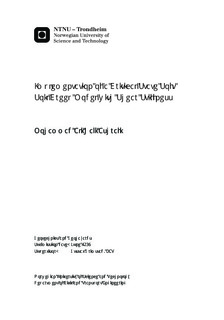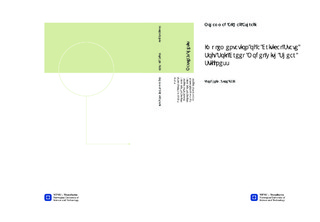| dc.contributor.advisor | Grimstad, Gustav | nb_NO |
| dc.contributor.author | Haji Ashrafi, Mohammad Ali | nb_NO |
| dc.date.accessioned | 2014-12-19T11:33:21Z | |
| dc.date.available | 2014-12-19T11:33:21Z | |
| dc.date.created | 2014-08-19 | nb_NO |
| dc.date.issued | 2014 | nb_NO |
| dc.identifier | 739035 | nb_NO |
| dc.identifier | ntnudaim:11290 | nb_NO |
| dc.identifier.uri | http://hdl.handle.net/11250/232920 | |
| dc.description.abstract | The existing creep constitutive models do not include directly shear stiffness of the soil that can be easily obtained by standard geotechnical tests. These models do not account for high shear stiffness of the soil at small mobilisation degree. In this respect, they do not distinguish between soil elements that undergo lower mobilisation in the far field and the ones that undergo higher mobilisation close to the embankment. This may result in overprediction of horizontal displacements under the field and the result of the finite element analysis is sensitive to the extension of the model boundary. To address this model deficiency, a new critical state soft soil creep model with shear stiffness (CS-SSCG) is implemented. In the CS-SSCG model, shear stiffness of the soil will be explicitly given by the engineer instead of commonly used Poisson's ratio. Results from the simulation of the MIT-MDPW embankment show that horizontal displacement has been improved significantly using the CS-SSCG model compared to Plaxis Soft Soil Creep (SSC) standard model. | nb_NO |
| dc.language | eng | nb_NO |
| dc.publisher | Institutt for bygg, anlegg og transport | nb_NO |
| dc.title | Implementation of a Critical State Soft Soil Creep Model with Shear Stiffness | nb_NO |
| dc.type | Master thesis | nb_NO |
| dc.source.pagenumber | 120 | nb_NO |
| dc.contributor.department | Norges teknisk-naturvitenskapelige universitet, Fakultet for ingeniørvitenskap og teknologi, Institutt for bygg, anlegg og transport | nb_NO |

